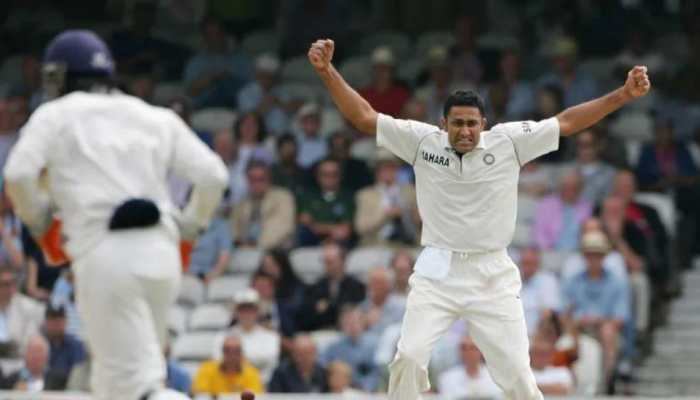Delhi Metro Requires 3 Million Units Of Electricity Daily; Borrows Power From These States- Check Details
Delhi Metro: Delhi Metro is not only the capital's best transportation system but also an excellent example of effective management of technology, environment and energy. While ferrying millions of people to their destinations every day, this system requires a large amount of electricity to operate smoothly.
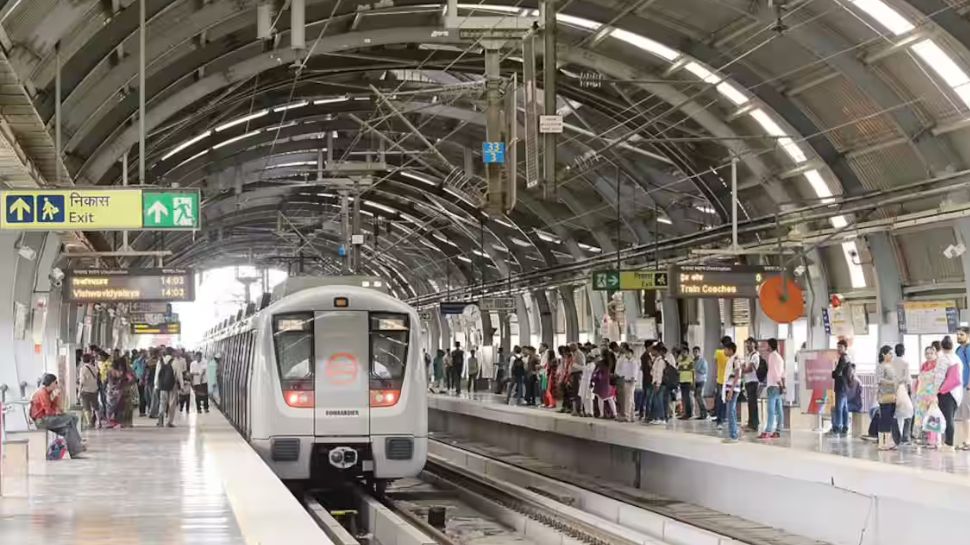)
Delhi Metro Rail Corporation (DMRC) is highly efficient in managing electricity consumption and its backup systems. But do you know how much electricity is required daily for the successful operation of Delhi Metro? Let’s find out. Additionally, we will explore what emergency power backup support Delhi Metro has in place and how it works.
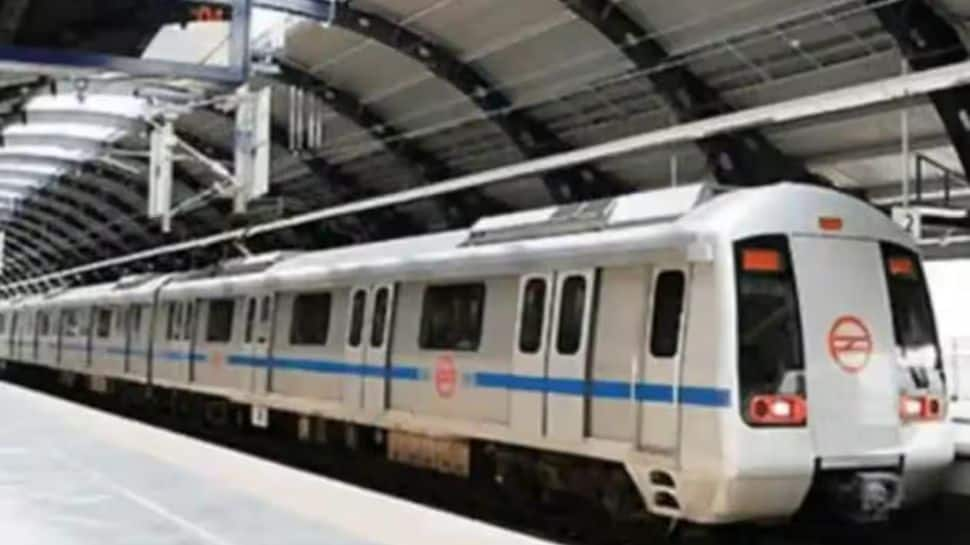
Reportedly, Delhi Metro requires 3 million units of electricity daily, which accounts for about 2.5% of the city's total electricity consumption. This usage includes the operation of metro trains, lighting at stations, escalators, lifts, and ventilation systems.
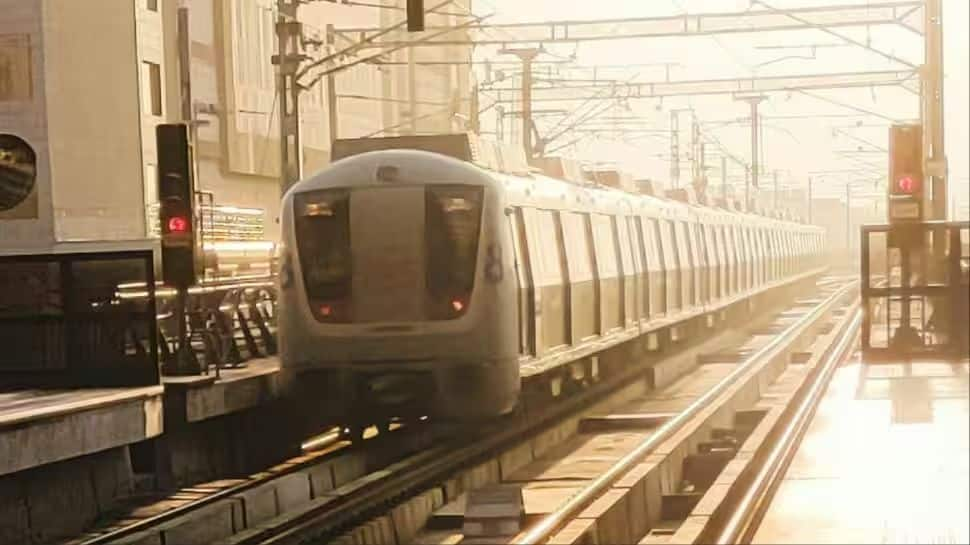
DMRC receives around 2 million units of electricity from the DISCOMs of Delhi, Uttar Pradesh and Haryana. This supply is the main source for the smooth operation of the metro. Additionally, 0.9 million units of electricity are obtained through "open access" from a solar plant located in Rewa, Madhya Pradesh.
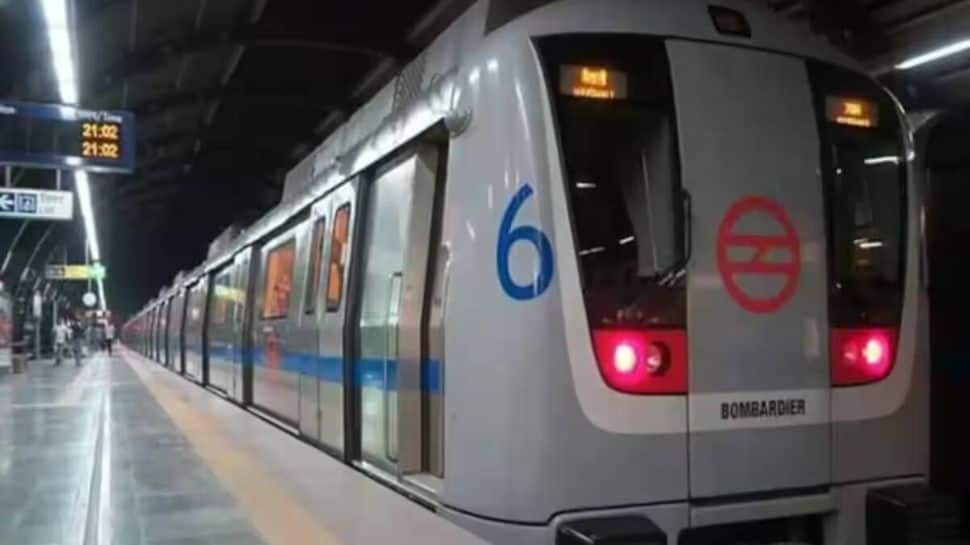
Delhi Metro is also contributing to the environment through its off-site and rooftop solar power plants. These plants provide capacities of 99 megawatts and 140 megawatts. Not only do they help in saving electricity, but they also reduce DMRC's dependence on DISCOMs by up to 50%.

DMRC has developed an effective backup system for emergency power management. On average, each traction line has four substations. If one of them fails, power is supplied from the remaining substations. This ensures that metro services are never completely disrupted.
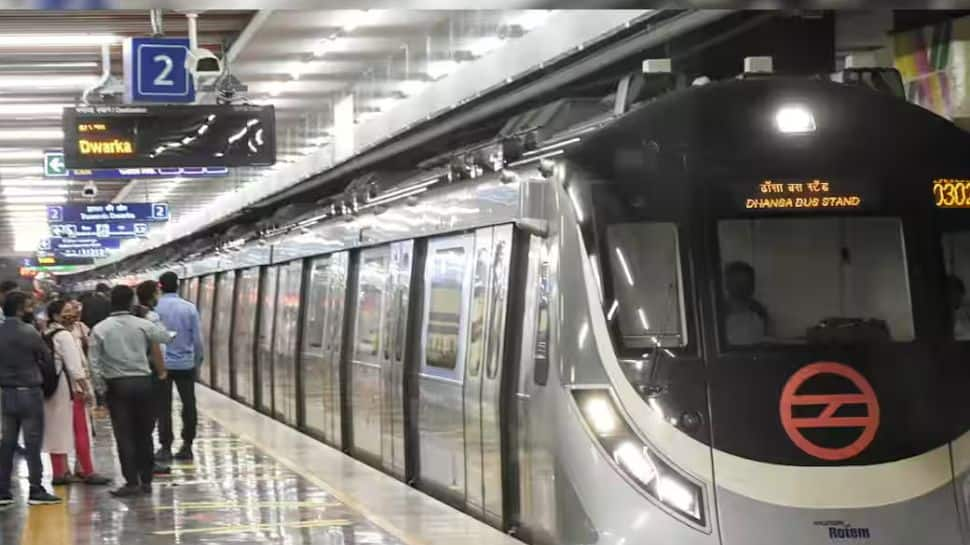
The electricity received from the Rewa Solar Plant helps the metro reduce carbon emissions. This effort positions Delhi Metro in the category of green energy users and makes it a model for environmental conservation.
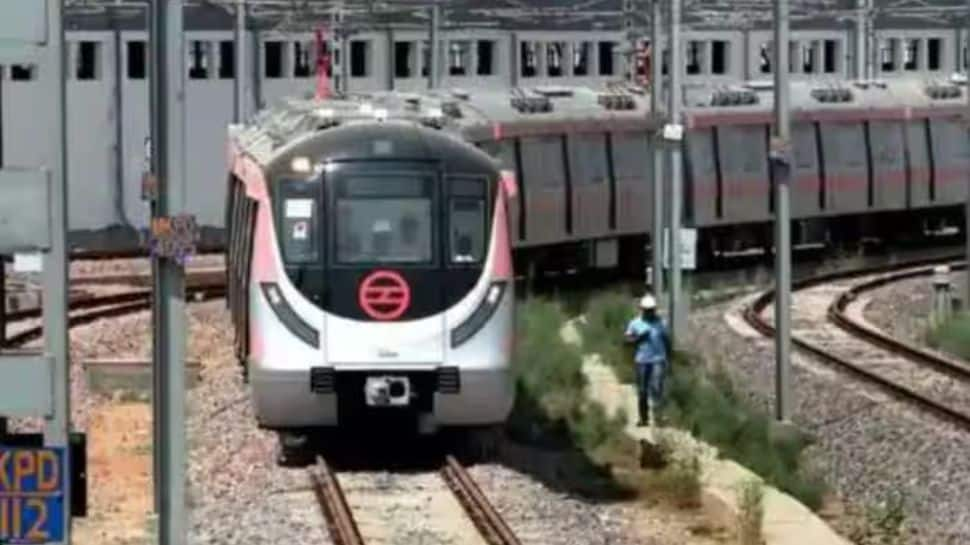
DMRC uses modern technologies and an energy management system. Additionally, every aspect of electricity consumption is digitally monitored.
Trending Photos






